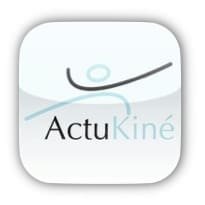(…)
Clinical assessment of proprioception can be performed using goniometers, inclinometers, laser-pointers, and pressure sensors. Manual therapy, taping, and bracing can immediately enhance proprioception and should be used to prepare for exercise interventions. Various types of exercise (active joint repositioning, force sense, co-ordination, muscle performance, balance/unstable surface, plyometric, and vibration training) should be employed for long-term enhancement of proprioception.
Références bibliographiques :
Ulrik Röijezon, Nicholas C. Clark, Julia Treleaven. Proprioception in musculoskeletal rehabilitation. Part 1: Basic science and principles of assessment and clinical interventions. Manual Therapy, Volume 20, Issue 3, Pages 368-377
Nicholas C. Clark, Ulrik Röijezon, Julia Treleaven. Proprioception in musculoskeletal rehabilitation. Part 2: Clinical assessment and intervention.
Articles en rapport avec le sujet


